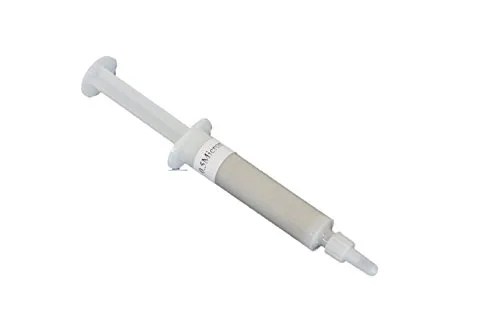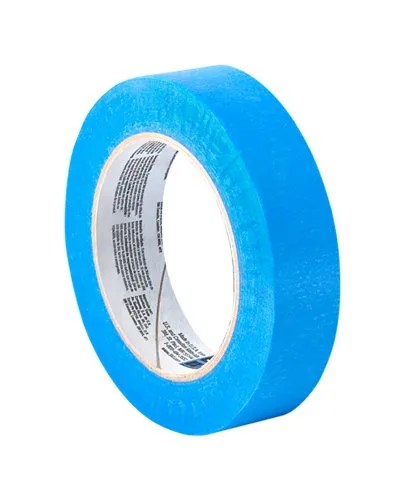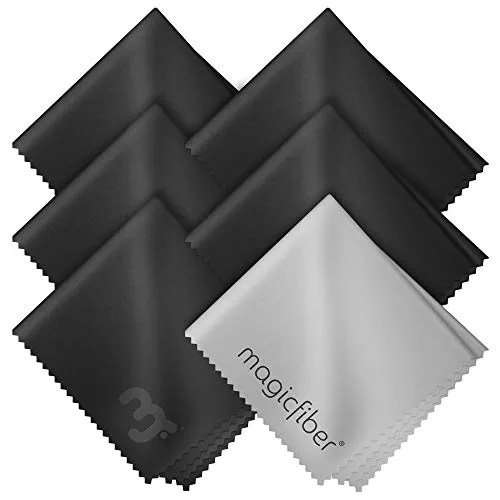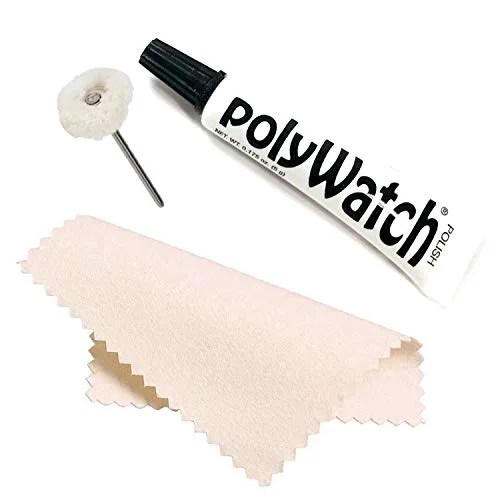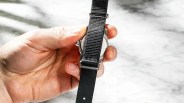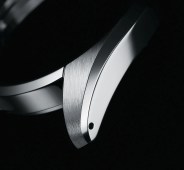Welcome to Product Support, a column devoted to helping you get the most out of the gear, gadgets and software you already use.
For watch lovers, a fresh scratch on an otherwise flawless crystal is a devastating sight. The feeling can be even worse on a brand-new watch, or one that just returned from servicing. But before you send your tainted timepiece back for a crystal replacement, you may want to consider a home remedy. First you need to determine what can be done — and that depends on the type of crystal you’ve scratched.
Up until the 1980s, nearly all watches came equipped with an acrylic crystal to protect the dial and hands. Acrylic is used for its low cost and its capacity to be polished. A trip to the watch forums in search of scratch-fix techniques for this crystal type will yield about a dozen different remedies. Everyone seems to have the “correct” way of doing it, when, in reality, it’s hard to go wrong as long as you follow directions.
The most commonly endorsed polishing agents are Polywatch, Brasso, Displex and toothpaste. The process consists of (1) covering up the bezel with tape, so as not to damage it during polishing; and (2) using a soft polishing rag (or something similar), to work a small amount of your chosen substance into the scratch in a circular motion. In general, it should take a couple of minutes to get rid of the scratches, as long as they’re not too deep. If your watch has very deep scratches, it might be worth paying for a crystal replacement.
Although acrylic crystals are still used on less expensive watches, many manufacturers have moved on to mineral glass. Mineral glass is created with a melting process involving glass and hardening minerals, a process that creates a material seven times harder than acrylic and far more scratch and impact resistant. That’s all well and good, but unfortunately this hardness creates difficulties when it comes to polishing. Many watchmakers simply recommend replacing these crystals, as the cost is negligible when compared to the parts and labor involved in doing it yourself.
Sapphire crystal is used by the high-end watchmakers. Sapphire scores a solid 9 out of 10 on the Mohs mineral hardness scale, just below diamond, making it even more scratch resistant than mineral glass. With its awesome capabilities, sapphire comes at a premium. Depending on the kind of watch you own or where you go for repairs, a sapphire crystal replacement can run anywhere from $75 to $250. A little bit of research and some elbow grease can restore your crystal for less than $30.
Even though sapphire is harder than mineral glass, the extra effort is worth the payoff. But before diving into our sapphire-polishing process, take note: this remedy should be reserved for crystals with an internal anti-reflective coating, unless you are okay with removing said coating. Additionally, this remedy works best for shallow scratches. Repairing deep scratches is much more labor intensive, and you can end up with a distorted crystal.

